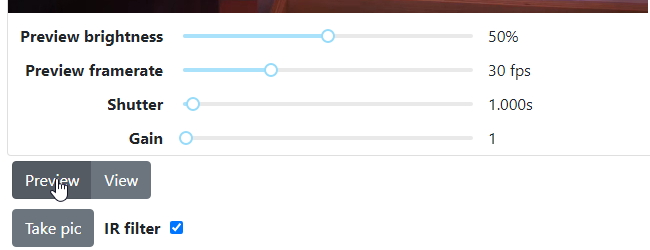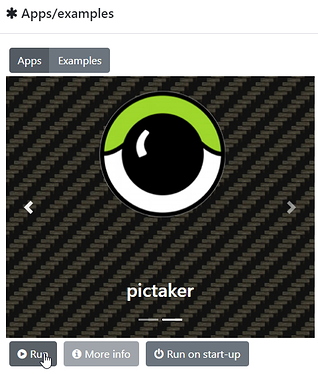Took delivery of the camera today, pretty much purchased for the sole purpose of astrophotography. Has any ground been broken on the official app? Suspect that’d be a “No”. In the meantime, I might have a go. Thoughts so far:
- Forget talking to my SkyWatcher WiFi alt-az mount for now, it can look after itself, and keep pointing at the object of interest.
- Churn out something quick and dirty-ish that will just capture some darks, then a series of (hopefully) RAW images at regular intervals.
- Take the images home to mess with in scikit-image/numpy.
- Subtraction of darks, field-rotation and stacking of images shouldn’t be All That?!
https://www.mathworks.com/help/vision/ug/find-image-rotation-and-scale-using-automated-feature-matching.html
https://scikit-image.org/docs/dev/auto_examples/features_detection/plot_censure.html
Are there any UI/API docs around? I’ve already had a look at G.H?




